What Hi-Fi? Verdict
The Optoma has its strengths, especially for watching animation and gaming, but you can get a more natural image elsewhere
Pros
- +
Crisp and clean 4K image
- +
Punchy colours
- +
Built-in streaming
Cons
- -
Picture lacks subtlety
- -
Struggles to convince in darker scenes
- -
Built-in apps not 4K
Why you can trust What Hi-Fi?
The Optoma UHZ50 is the company’s latest stab at an entry level all-in-one DLP 4K laser projector. It comes with everything you need to get started with a home cinema set-up including integrated speakers, the ability to stream apps and HDR support.
That’s a useful array of abilities that makes this projector an appealing proposition for those after a fuss-free solution to their projection needs. Ultimately though, it’s the picture performance that will determine whether or not this Optoma is recommendable.
Price
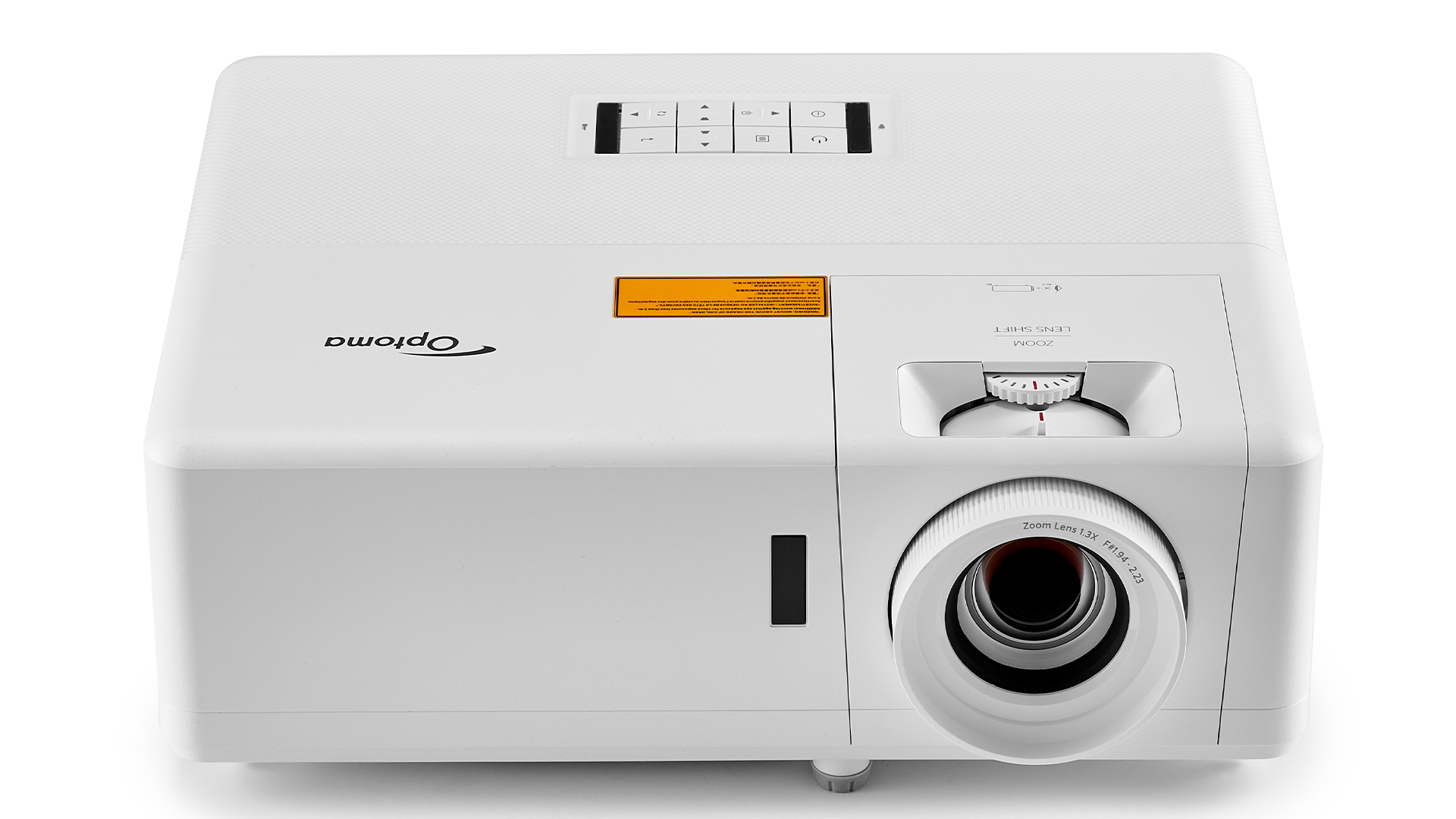
The UHZ50 comes in at £2699 / $2799 / AU$4999, which seems a very reasonable asking price considering the specs. For the money, the Optoma gives you a lot, especially in terms of features, with a built-in Android operating system and 16GB of internal storage. However, it's worth noting that around 7GB of that internal storage is taken up by said operating system, leaving the capacity for downloading apps and storing local files more limited than that headline figure suggests.
Build & features
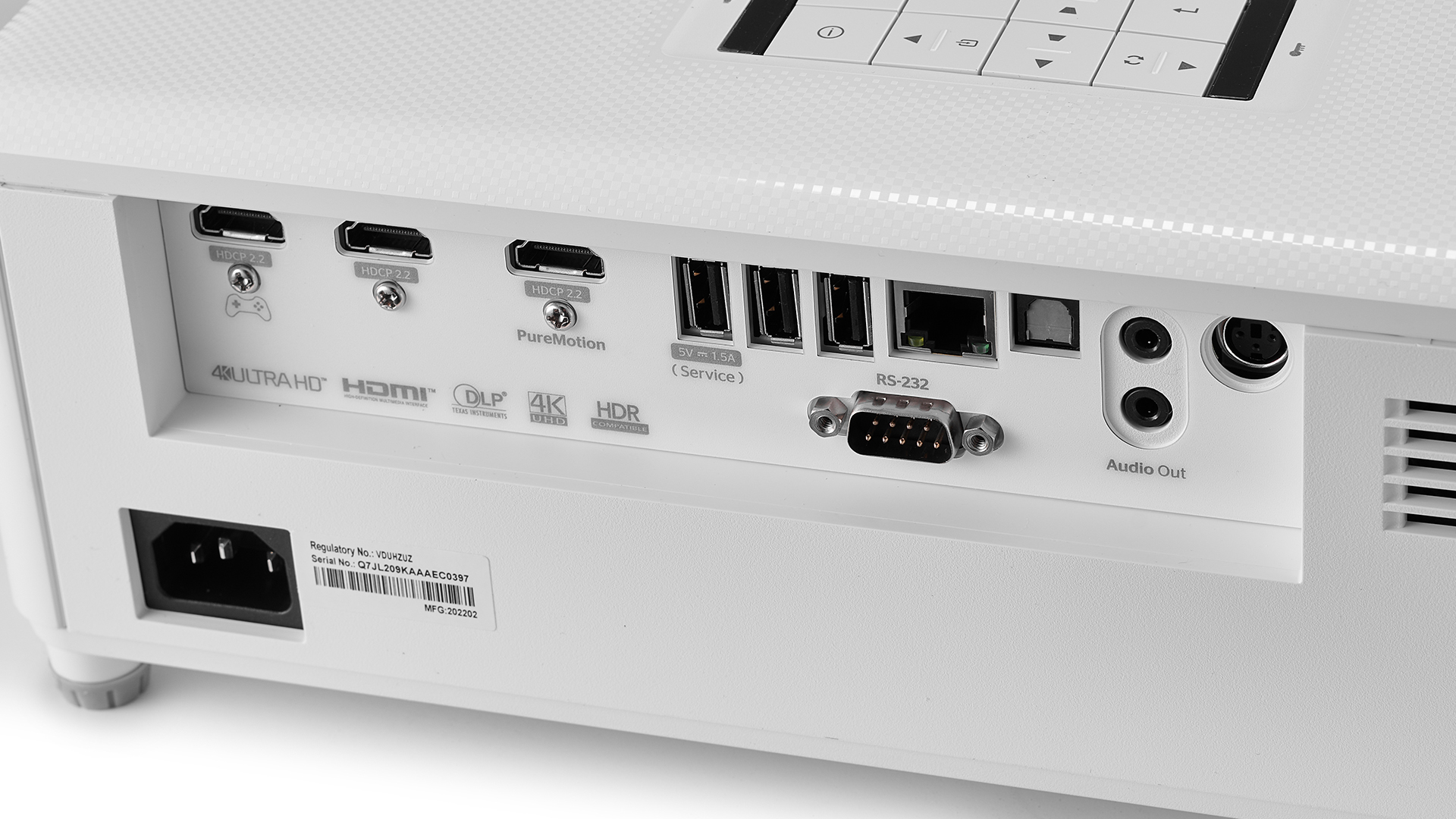
The Optoma UHZ50 is built into a compact, plastic casework that feels solid enough during use. It features a selection of controls on top for power, volume, menu controls and so forth, as well as physical zoom, focus and vertical picture shifting controls near the lens. While some rivals feature motorised adjustments for such settings, those on the UHZ50 are done manually. That’s no great hardship considering how easy those controls are to identify and reach.
Optoma claims that fan noise is typically 27dB, and it can max out at 29dB. In practice this isn’t an issue, with fan noise never becoming intrusive during use. Optoma also says that the laser lamp system’s lifespan should reach 30,000 hours, which we will have to take their word for. A benefit of the laser projection system is the speed at which it reaches peak performance after powering on, meaning you can get into watching or playing content on the projector without having to wait too long.
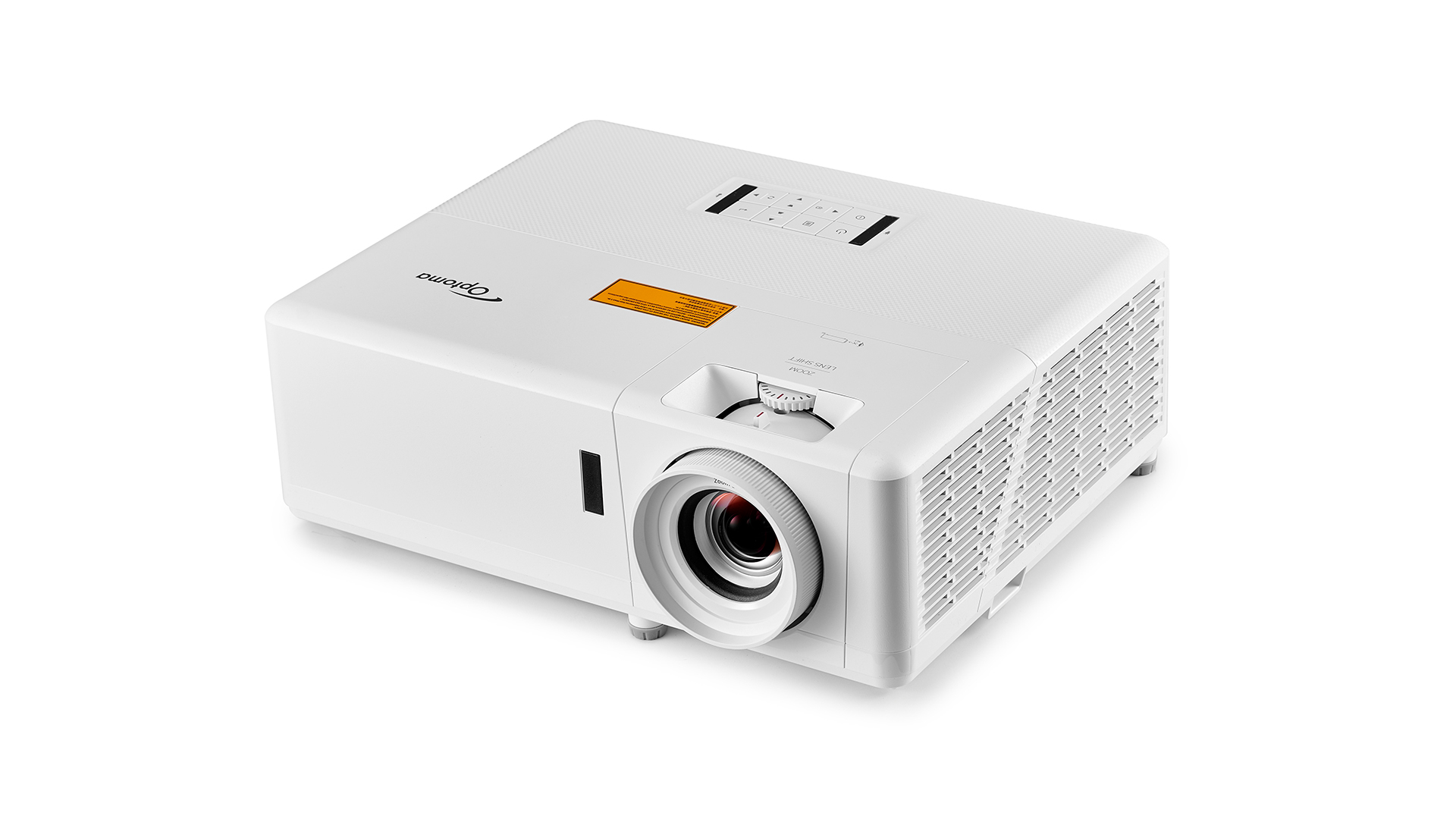
Display Technology DLP
Resolution 3840 x 2160 (UHD)
Brightness 3000 Lumens
Light Source Laser
Laser lifespan 30,000 hours
Ports 3 x HDMI 2.0 (1 x eARC), 3 x USB A, 1 x 3.5mm Audio, 1 x Optical Audio
An excellent array of connections is also a highlight of the UHZ50, with three HDMI 2.0 sockets (one of which supports eARC and will accept 4K 60Hz content from gaming sources), as well as three USB sockets. In terms of audio there is also a 3.5mm headphone jack and even an optical out.
The onboard Android operating system allows you to download apps directly onto the projector without the need to connect a separate streaming device. The marketplace includes favourites such as Netflix, Amazon Prime Video and Spotify, although it's missing the likes of Disney+ and Apple TV at the time of testing. It's also worth noting that these apps do not play content in 4K, which feels like a major oversight.
The supplied remote handset is a simple, backlit design, but proves a little hit and miss when controlling the projector. Its erratic nature proves increasingly annoying over time, leaving the Optoma feeling sluggish and awkward in day-to-day use. Luckily you can find alternative control options within Optoma’s companion apps.
Picture
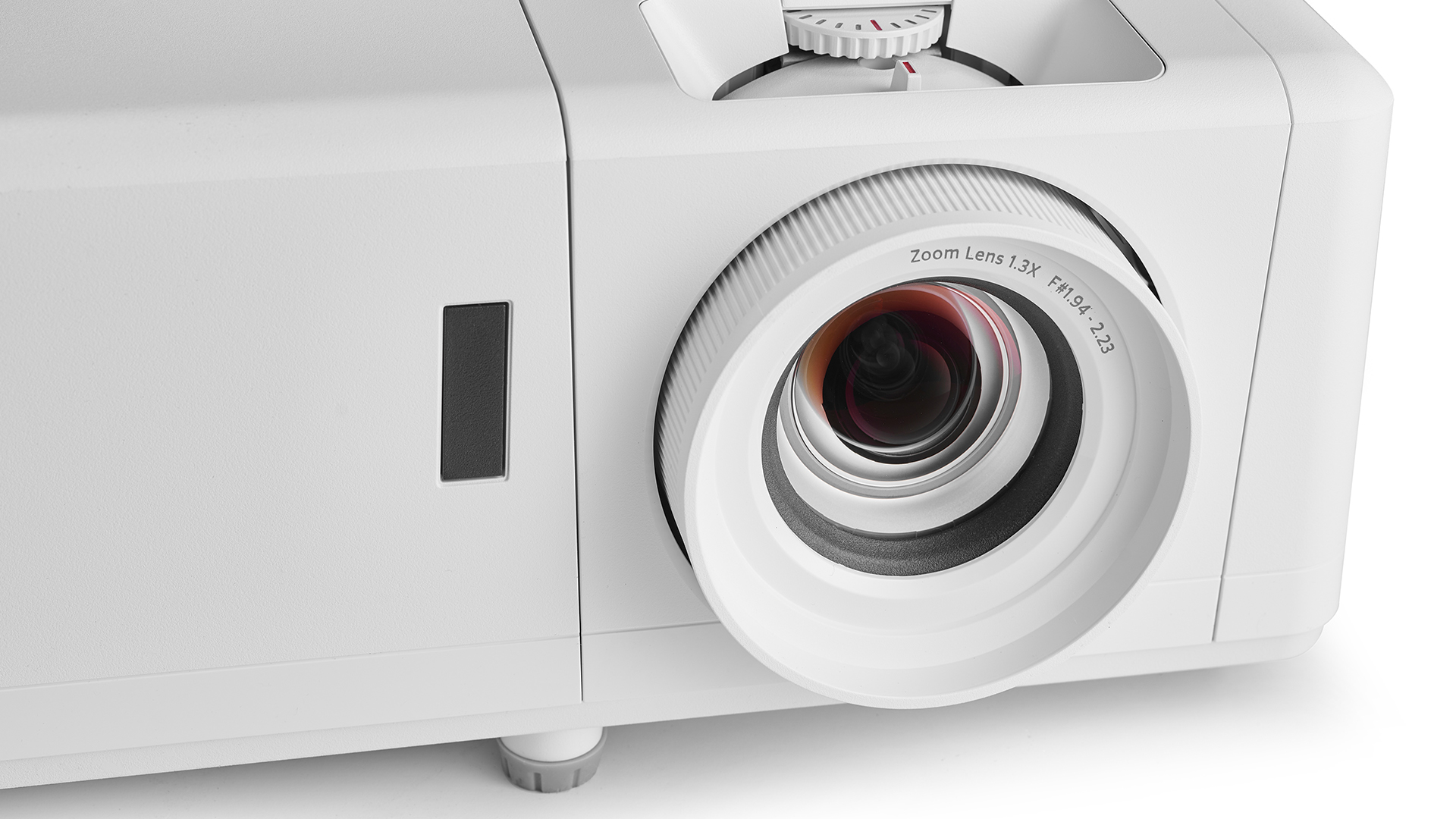
Picture quality on the Optoma is a mixed bag. Overall the image it produces is clean, with very low picture noise. This makes for a clear and crisp picture, with plenty of detail and well defined edges that avoid looking over-etched. Details in skin texture and clothing benefit too, with the neat and low-noise image providing plenty of sharp detail.
With punchy colours that are sure to impress those looking for a vivid and bold image, the 3000 lumens of brightness that Optoma claims is entirely believable. The UHZ50 excels when it comes to CGI-heavy content, with Ready Player One’s intense race scene bursting off the screen thanks to the lively colours that the Optoma leans towards. The neon signs and fiery explosions burst off the screen and immerse you in the bright digital world in which the film takes place.
Subjects on the screen retain this sharp look even in movement, with the UHZ50 providing relatively smooth motion by projector standards. In both films and gaming, there is a slight hint of juddering or flickering in motion. This once again proves beneficial in Ready Player One, where lots of fast moving objects on the screen move fluidly and don’t pull us out of the action with jittery movement.
As well as CGI-heavy films, the Optoma also performs well when gaming, with the punchy colours and smooth motion once again shining a spotlight on the projector’s strengths. Playing Forza Horizon 5 on Xbox Series X, both the rich and vibrant setting of Guanajuato, Mexico and the high performance sports cars racing through it appear bright and vibrant, with good motion.
However, the punchy colours are a little overcooked. In the 4K Blu-ray of Inception, skin tones tend to appear reddish, especially in a scene featuring Michael Caine’s Professor Miles sitting in a lecture theatre. Here, he comes across almost sunburnt, with an overbearing reddish hue that highlights the way in which the vivid colours produced by the Optoma can sacrifice a realistic picture for a more punchy one.
The Optoma also struggles with scenes that feature both bright and dark lighting conditions. Inception once again highlights this, with the overcast Parisian sky in one scene looking like a flat, featureless canvas of grey-ish white, leaving little indication of the cloudy detail that should be present.
On the other hand, despite a claimed contrast ratio of 2,500,000:1, a scene taking place in the dark halls of House Atreides in the sci-fi epic Dune lacks contrast. This results in the darker areas in the shadows looking brighter than they should, with a loss of detail and poor overall black depth. Shadows come across as a glowing grey mass and darker clothing brown instead of black.
Comparison with the Award-winning Epson EH-TW9400 is instructive. The Optoma has the brighter, punchier image, looking impressively crisp and noise free. Yet the Epson counters by delivering a subtler, more three-dimensional image and rendering colours in a more natural way.
Sound
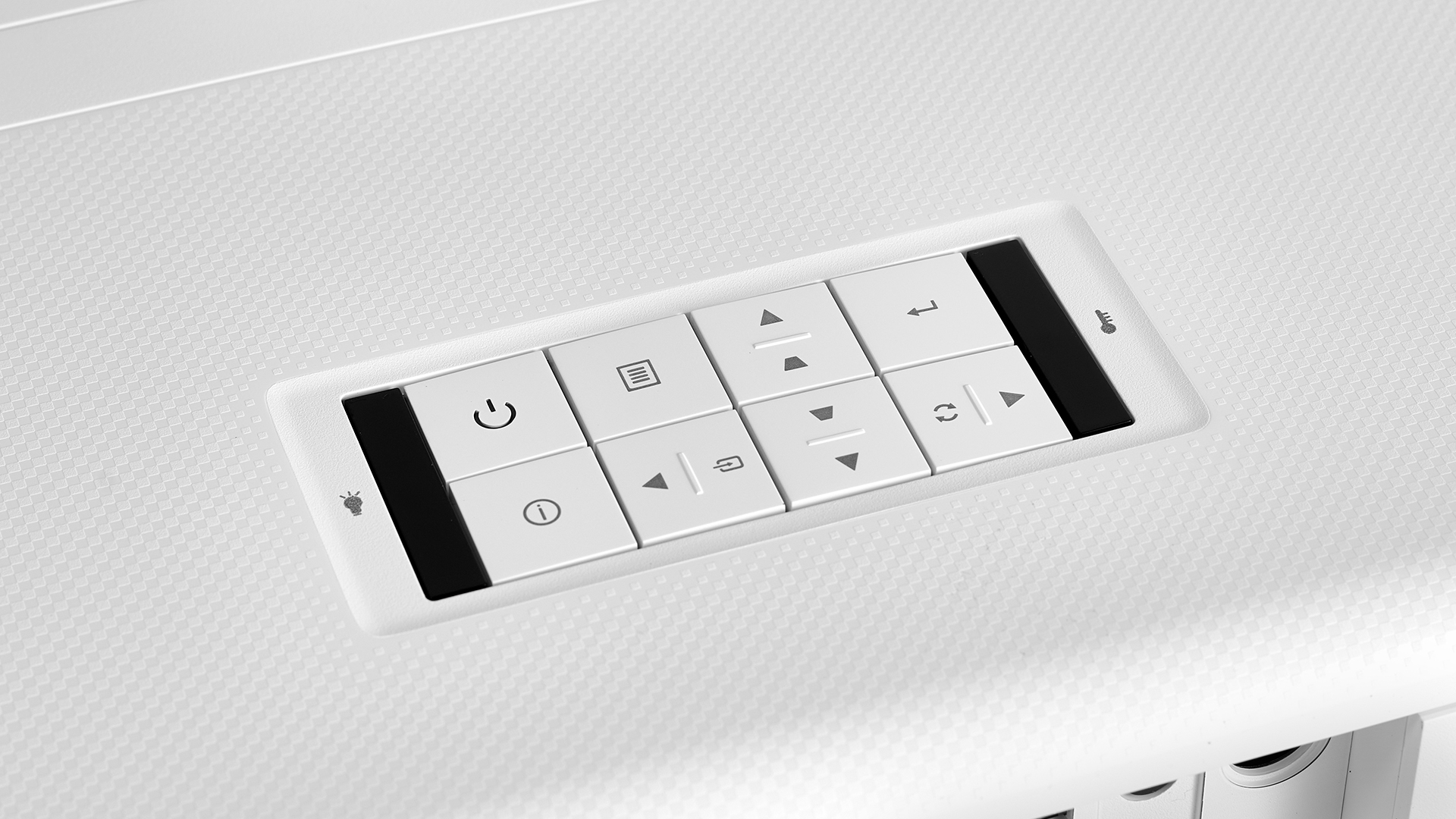
While the Optoma includes speakers for an easy plug-and-play solution, we suspect you won’t use them much. They don’t go particularly loud, and the presentation is thin and edgy. Dynamics are compressed to a large extent too. Of course, many projectors at this level and above lack speakers entirely, so there's no need to be too critical about the Optoma's audio shortcomings.
Thankfully, the Optoma also includes an eARC connection via the first HDMI socket, making a soundbar or speaker set-up an easy option to greatly boost the sound performance from this projector and make it a more complete TV and movie watching experience.
Verdict
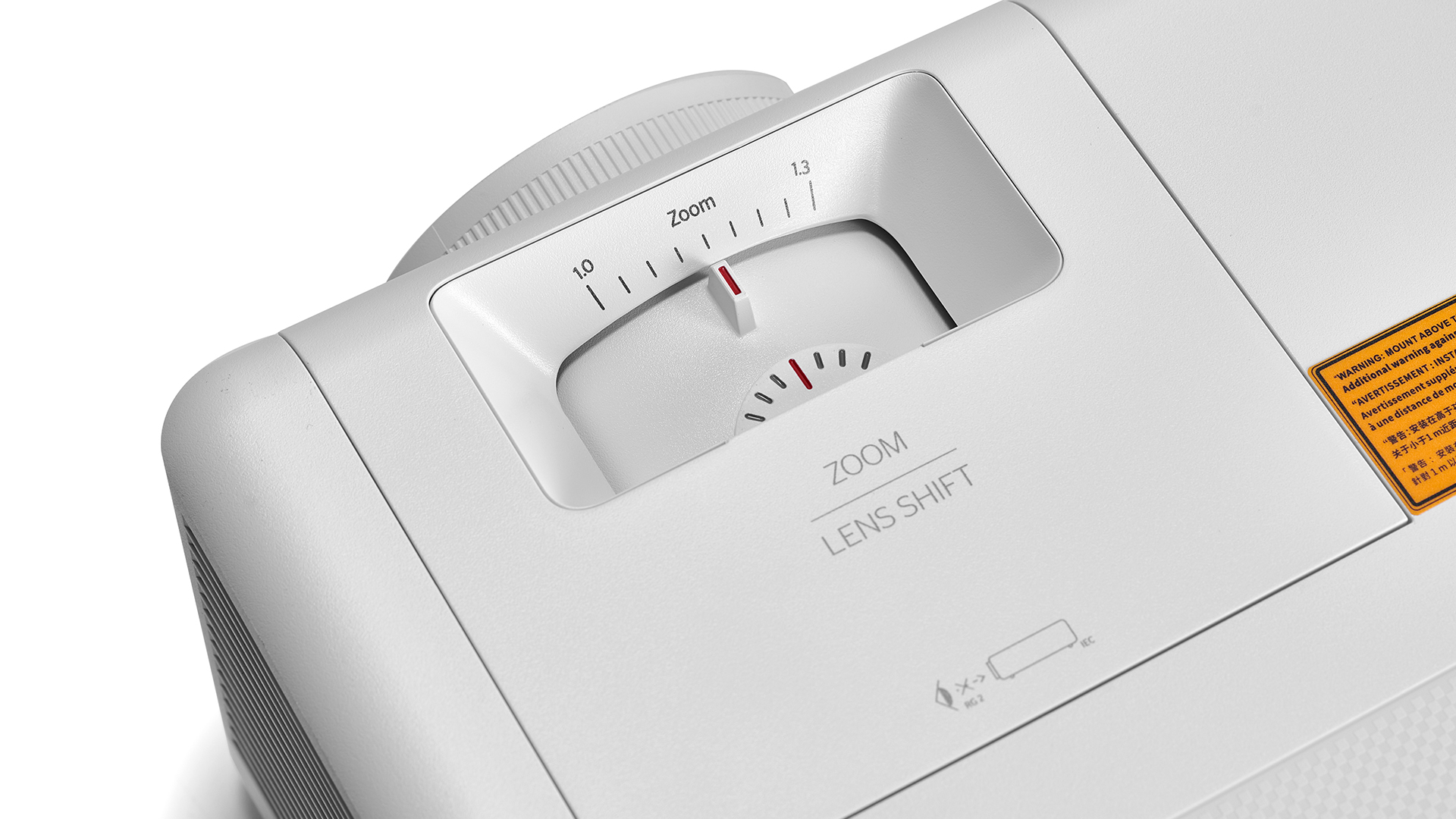
As a package, the Optoma feels like a good deal if you’re after a plug and play solution that you can dive straight into watching, but it would certainly benefit from an external sound system and a streaming device.
While the UHZ50 might not be quite up to class-leading standards, it still produces a sharp, clean and punchy image, making it a solid choice if you’re in the market for a 4K projector.
SCORES
- Picture 4
- Sound 2
- Features 5
MORE:
Read our review of the Epson EH-TW9400
Also consider the Epson EH-TW7100
Read our Optoma UHD65 review
Best projectors 2022 with Full HD, 4K, portable and short throw
What Hi-Fi?, founded in 1976, is the world's leading independent guide to buying and owning hi-fi and home entertainment products. Our comprehensive tests help you buy the very best for your money, with our advice sections giving you step-by-step information on how to get even more from your music and movies. Everything is tested by our dedicated team of in-house reviewers in our custom-built test rooms in London, Reading and Bath. Our coveted five-star rating and Awards are recognised all over the world as the ultimate seal of approval, so you can buy with absolute confidence.

